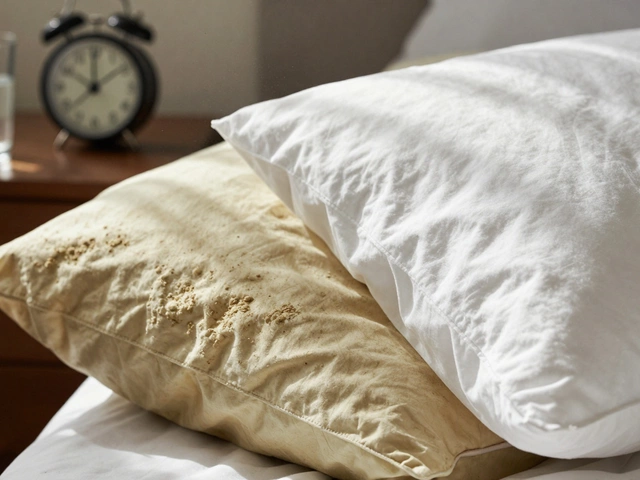Popular Bed Size Guide: Find the Right Fit for Your Bedroom
Choosing a mattress is more than picking a comfy surface – the size has to match your room, your body, and your sleep habits. Too big and you’ll crowd the space; too small and you’ll feel cramped. Below you’ll get the most common sizes, a quick rundown of what "XL" really means, and simple steps to measure so you get the perfect match.
Common Bed Sizes and What They Offer
In the UK the go‑to sizes are Twin (90 cm × 190 cm), Double (135 cm × 190 cm), King (150 cm × 200 cm) and Super King (180 cm × 200 cm). The US adds a Twin‑XL (99 cm × 203 cm) and a California King (183 cm × 213 cm). NZ generally follows the UK chart but you’ll see a few local variations.
Most couples start with a Double or King. A Double gives enough room for two average‑height sleepers without swallowing the whole room. If you both like to sprawl, step up to a King – the extra 15 cm in width makes a noticeable difference. The Super King is perfect for larger bedrooms or families who share a bed with a child.
For singles, a Twin works fine in a small room, but if you’re taller than 6 ft, a Twin‑XL adds 13 cm in length and saves you from foot‑hang‑outs. That extra length is what many people call "XL" in bedding – it’s not a separate width, just a deeper fit for the mattress and fitted sheet.
How to Measure Your Mattress Frame
Grab a tape measure and follow these three steps:
- Measure the width from side to side, ignoring any decorative borders.
- Measure the length from head to foot. If your mattress has a pillow top that adds a few centimeters, include it.
- Check the depth (or thickness) if you plan to buy a fitted sheet. Most sheets list "pocket depth" – pick one that’s at least 2 cm deeper than your mattress.
Write down the numbers in centimeters. If you shop in the US, convert by multiplying centimeters by 0.3937 to get inches. Having exact measurements helps you avoid returns and ensures sheets fit snugly.
Choosing the Best Size for Your Space
First, look at your bedroom floor plan. Leave at least 60 cm of walking space on each side of the bed – you’ll thank yourself when you need to get out of bed in the middle of the night. Next, think about other furniture. A nightstand, dresser, or a small desk needs breathing room too.
If you love a lofty look, place the bed against a wall and keep the space open in front. If the room is square, a centered bed works well and leaves equal gaps on all sides.
Don’t forget future needs. Kids grow, partners change, and you might want a larger mattress later. Picking a size that can grow with you saves hassle down the road.
Finally, match your bedding. When you buy sheets, check the label for "XL" or "deep pocket" if your mattress is over 30 cm thick. Using the right sheet size prevents wrinkles and makes the bed look tidy.
Now you’ve got the basics: popular UK and US bed sizes, what XL means, and a quick measuring cheat‑sheet. With this info, you can walk into any store, know exactly what you need, and bring home a mattress that fits your body and your bedroom perfectly.

Most Popular Bedding Size: Everything You Need to Know About Queen Beds
Discover why queen beds reign supreme as the most popular bedding size. Learn about dimensions, fitting bedding, and pros & cons for your next upgrade.
Categories
- Storage (27)
- Bathroom (18)
- Sofas (15)
- Curtains (15)
- Home Decor (12)
- Bedding (11)
- Kitchenware (11)
- Cushions (11)
- Mirrors (10)
- Rugs (9)



